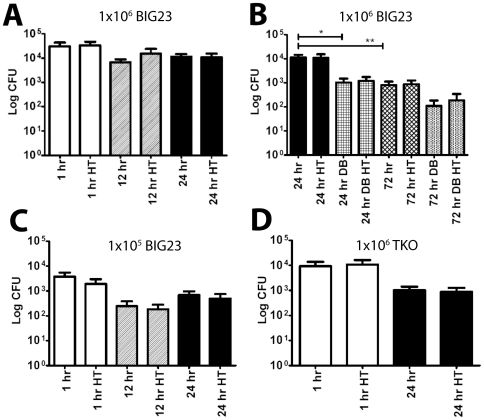Figure 2. B. anthracis spores are found in the draining cervical lymph node early in infection.
(A–C) BIG23 spores were inoculated subcutaneously into the left ear of 4–12 week old A/J mice. At the indicated times cervical draining lymph nodes were removed and CFU derived from vegetative cells verses spores were differentiated by quantifying samples with and without heat treatment (HT). Bars denote the mean and error bars represent the standard error of the mean. Significance was determined using Student's T-est. (A) Quantification of bacteria within the draining lymph node at 1, 12, and 24 hours post-infection (p.i.) from mice inoculated with 1×106 spores. There were no significant differences with or without heat treatment or between different time points using a total of six mice in three independent experiments. (B) Quantification of bacteria within the draining lymph node at 24 and 72 hours p.i. with and without debridement (DB) performed at 12 hours after inoculation with 1×106 spores. Significant differences were observed in a total of six mice in three independent experiments between 24 hr and 24 hr DB (*, p = 0.0144) and 24 hr and 72 hr (**, p = 0.0066). There were no significant differences between heated and unheated samples at either time with or without debridement. (C) Bacteria within the lymph node were quantified similarly to A at 1, 12, and 24 hours p.i., but with an inoculation of 1×105 spores in a total of six mice in three independent experiments. There were no significant differences with or without heat treatment. (D) Bacteria within the lymph nodes were quantified similarly to A at 1 and 24 hours p.i., but instead, 1×106 spores of the mutant strain that produced no exotoxins (TKO) were inoculated in a total of six mice in three independent experiments. There were no significant differences with or without heat treatment.

